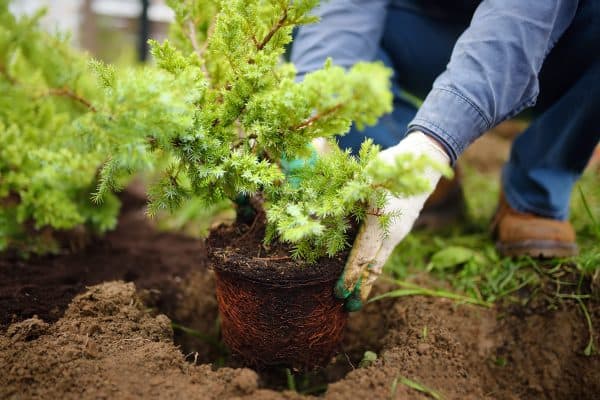Kentucky Bluegrass is a popular choice because of its ability to create a thick layer of grass on many lawns. Some gardeners are wondering if bluegrass can choke out other grass if they do decide to plant them. Fortunately, we have all the information you need and the answers to your grass questions.
If you want to have a lawn that is thick and lush, Kentucky Bluegrass is an excellent option for your yard. It's aggressive grass that grows pretty quickly. Normally, this cool-season grass can co-exist with other grass variants, but if there are more Kentucky Bluegrass seeds, it can choke out other grasses.
Knowing the right grass seed mix is important to get the perfect lawn you aim for. Keep reading because we will be giving some expert advice on caring for Kentucky Bluegrass and what other grasses it can grow with.
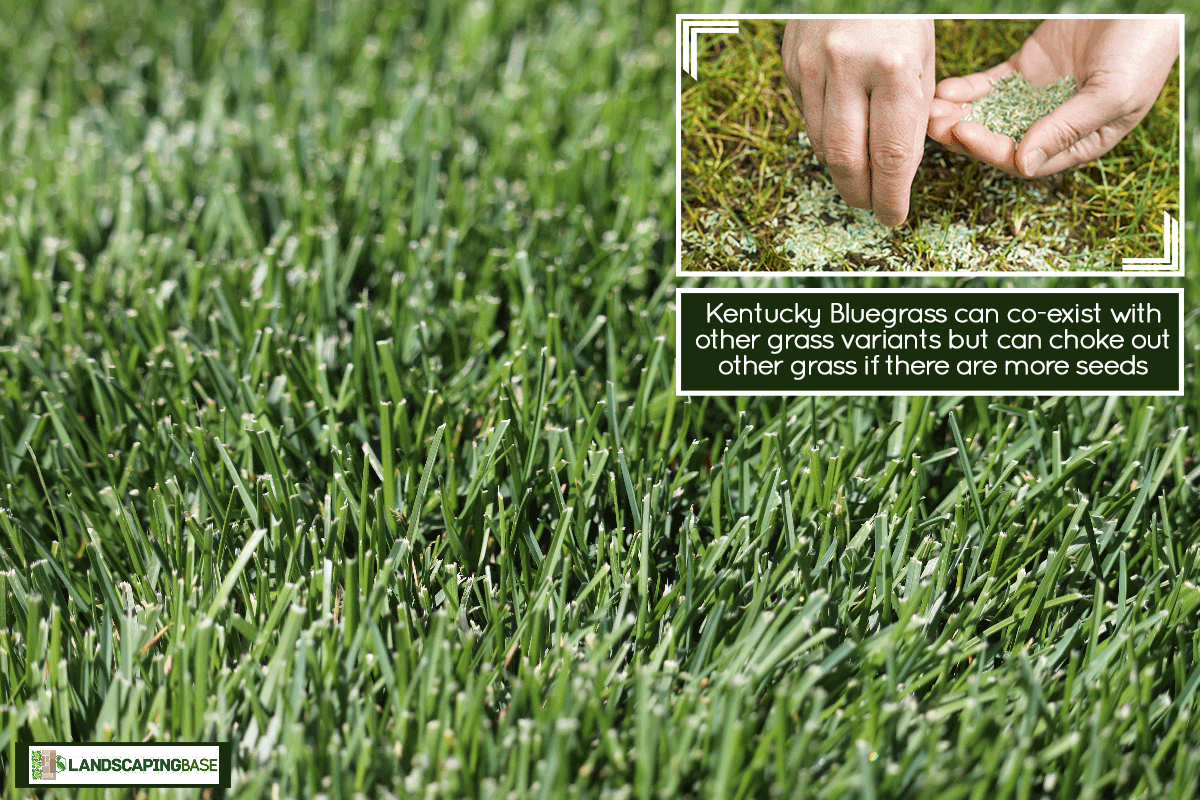
Will Kentucky Bluegrass Choke Out Other Grass?
For many people, the mark of a good lawn is a bed of lush green and thick grass covering the entire area. Nobody likes a lawn that has bare spots in areas because it tends to look worn and tired. To make your lawn look beautiful, one needs the right kind of grass growing on the turf.
One of the most popular cool-season grasses is Kentucky Bluegrass. Popular for its texture and density, this grass also looks beautiful and green even during the cold winter season. This grass sits in between the very thin Bermuda grass and the wide turf-type Fescue grass.
Kentucky Bluegrass is a popular grass seed that a lot of gardeners prefer to mix with other grass types. This is because Kentucky Bluegrass can co-exist well with other grasses without choking each other out. It's aggressive enough to grow and spread quickly, but it won't take over other grasses.
However, it can choke out some types of grass like centipede grass because of the Kentucky Bluegrass' thickness. Grasses that are less durable or slow-growing will most likely be overtaken by the Kentucky Bluegrass over time.
How Quickly Does Kentucky Bluegrass Spread?
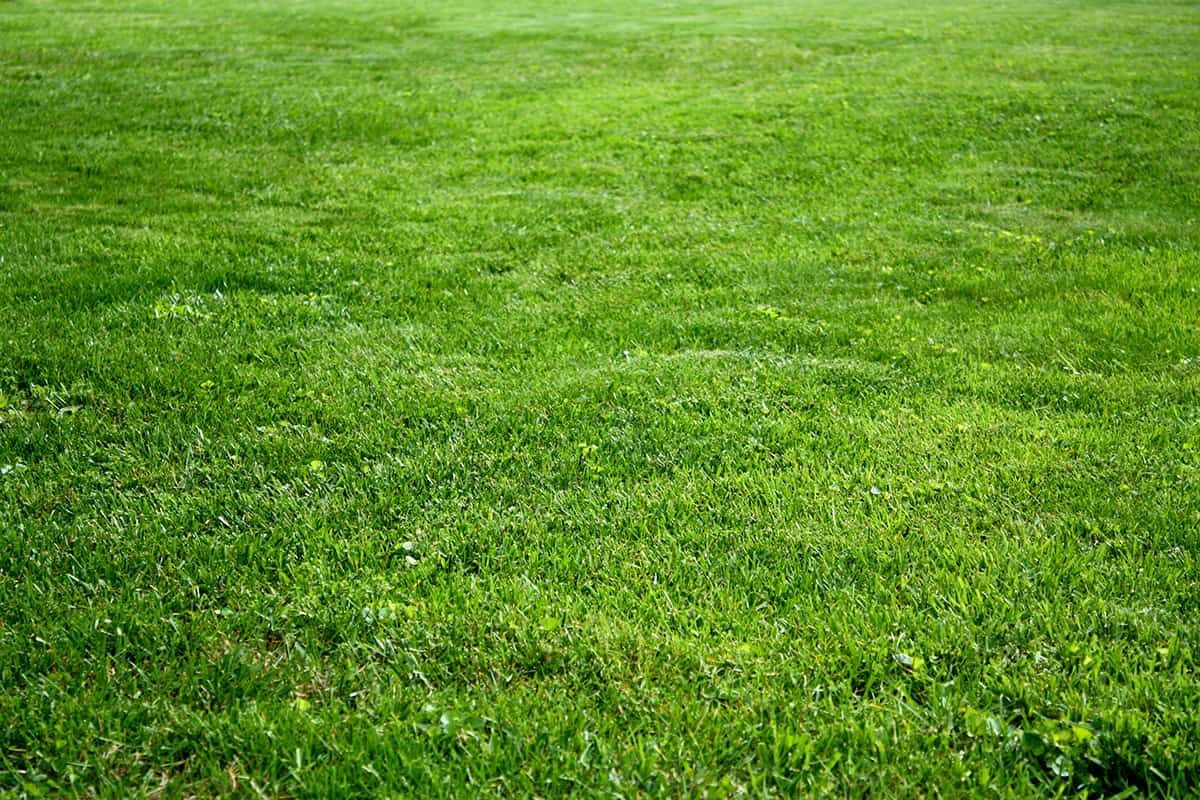
If you are looking for grass that spreads quickly, Kentucky Bluegrass might be one of the answers to your problems. While this grass can take longer to germinate and sprout from seed than other cool-season grasses, it makes up for the speed of its spreading.
Kentucky Bluegrass spreads out through rhizomes that it spreads out underneath the ground. This is one of the reasons why Kentucky Bluegrass will naturally cover the bare spots in your lawn because of traffic, excavation, or pet use.
This grass also spreads aggressively, as one seed of Kentucky Bluegrass can fill out a square foot of lawn in a growing season. This is great for many lawns because you don't need to seed it as much as other grasses do.
You'll also find that Kentucky Bluegrass is great at repairing itself when it grows thin in some spots. They also resist weeds quite well because of the thickness of the grass, and it really makes for a lush lawn.
What Grass Can You Mix With Kentucky Bluegrass?
Since Kentucky Bluegrass is great at co-existing with other grasses, you will often find them in different grass mixes. These mixes come in different ratios of grass types, depending on the look of the lawn that you are aiming for.
Some gardeners like a mix of cool-season Kentucky Bluegrass with warm-season grass like Bermuda, to create a perfect-looking lawn all year round. There are also Kentucky Bluegrass mixes with similar cool-season grasses to naturally create a lawn that looks beautiful during the late seasons.
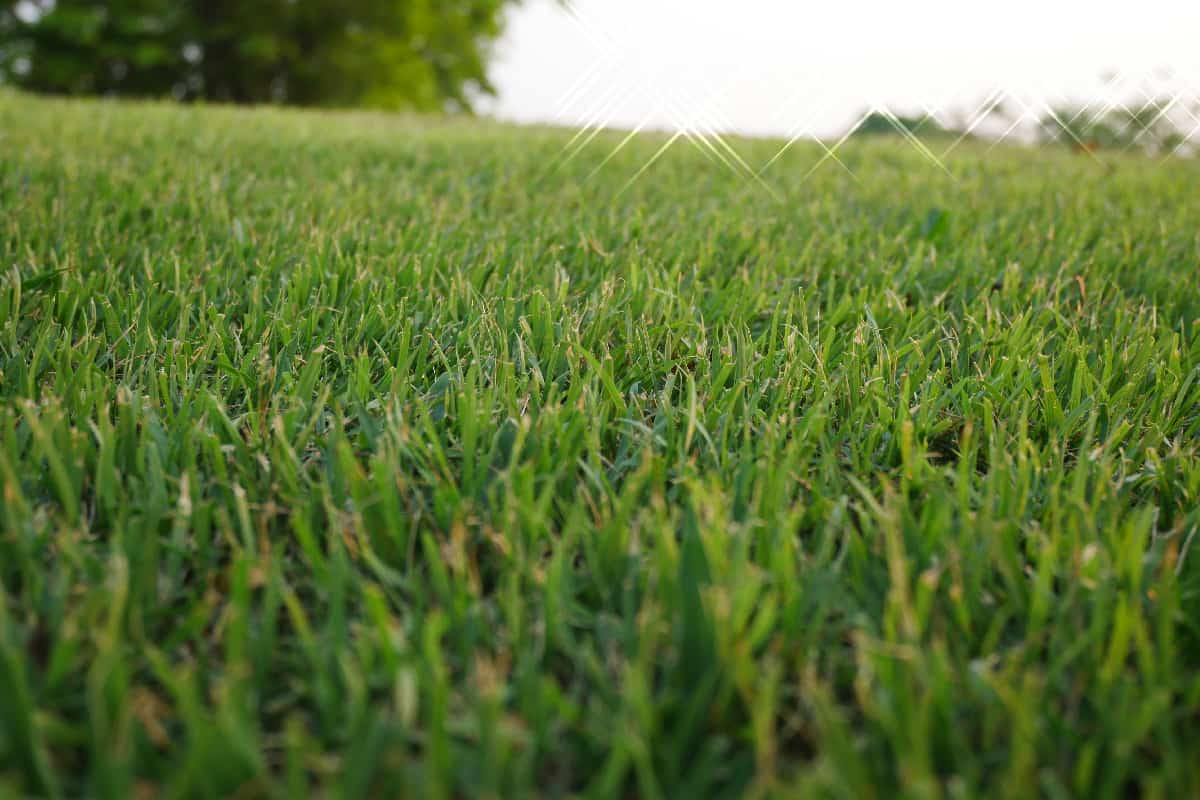
Kentucky Bluegrass usually comes in popular mixes that include Perennial Ryegrass and Tall Fescue. You can also overseed Kentucky Bluegrass with Bermuda grass to create a variety that some gardeners call the "Bluemuda" grass.
Best Bluegrass mixes
There are a number of Bluegrass mixes that you can try on your lawns. Some mixes grow better in different locations, so make sure to check which one will be more suitable for you. Remember to check on the lawn's situation, such as areas that receive full sun or shade.
Kentucky Bluegrass mix
See this Kentucky Bluegrass mix on Amazon.
This mix is best for Northern lawns as this has more Kentucky Bluegrass seeds in it. For cooler climates, this mix is very durable and hardy, and it will grow well during its growing season. This seed mix creates a thick lawn that can withstand wear and tear.
Heat-tolerant Blue mix
Get this Heat-tolerant Blue mix on Amazon.
For areas like the south which is more prone to warmer weather and drought, this Bluegrass mix might work for you. This mix comes with tall fescue grass to provide a better hold on the ground and durability from the heat and drought.
Sun and Shade mix
Grab this sun and shade mix on Amazon.
If your lawn has varying extremes like full sun and dense shade all within the same area, this mix is great for you. This sun and shade mix contains Kentucky Bluegrass, ryegrass, and fescue so it can grow in these varying situations. It also self-repairs by growing into bare and thin spots on your lawn.
How To Care For Kentucky Bluegrass
Kentucky Bluegrass is not as low-maintenance as other types of grasses, but it does make up for the effort by giving you a lush lawn that fixes itself. This grass will need consistent maintenance for it to grow healthy throughout the season.
Watering

Since this grass is a cool-season grass, it prefers cooler weather and moist ground. It requires at least 2 inches of water per week, so make sure that your lawn is getting this amount consistently. If it gets too little water, the grass might go dormant during summer so it's necessary to irrigate the area completely.
If your lawn gets a good amount of water for the Kentucky Bluegrass, you can water it in large amounts once a week. However, some places might do better with an irrigation system. Kentucky Bluegrass prefers daily watering in small amounts so the ground will stay consistently moist for it to grow.
Check out this irrigation system on Amazon.
Fertilizing
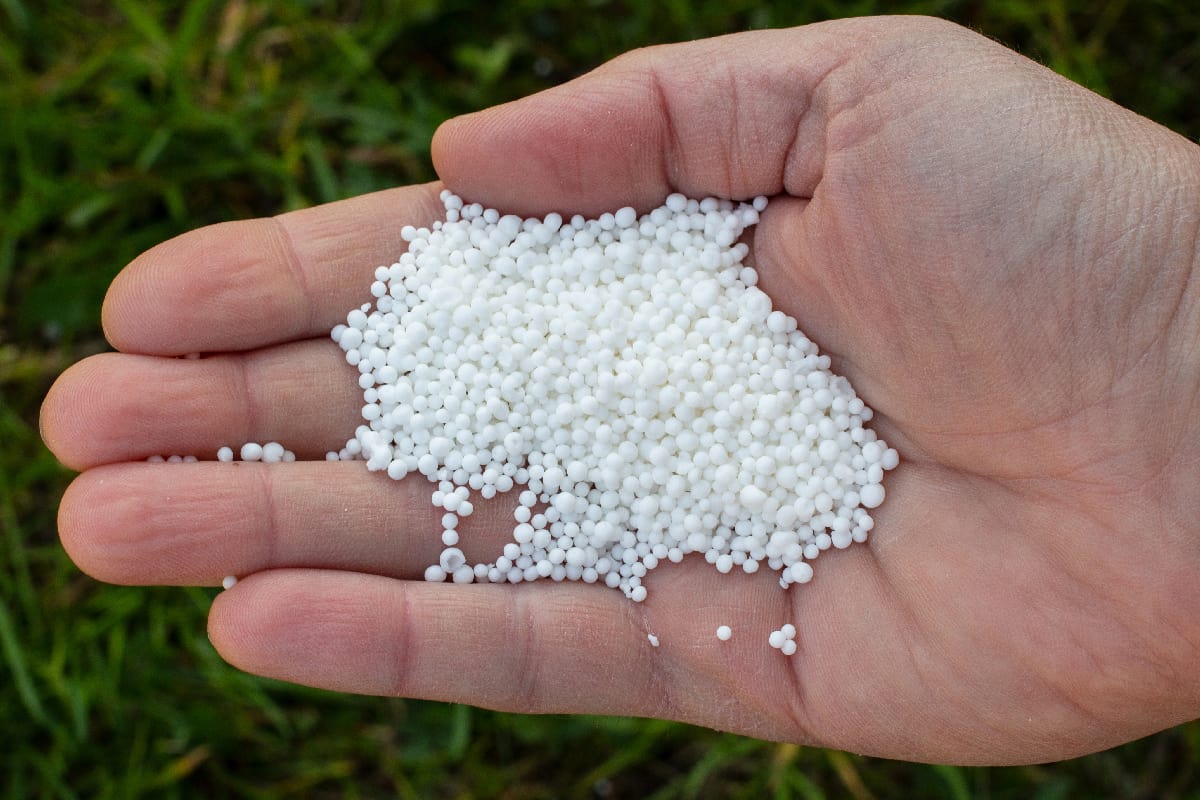
To keep Kentucky Bluegrass looking lush and green, it should get nitrogen fertilizer, especially during the spring season. If the soil is nutrient-rich, you'll probably need less fertilizer to keep the grass happy.
In the first years of growing Kentucky Bluegrass on your lawn, you'll need about 6 lbs. per 1,000 square ft. of nitrogen fertilizer. For the succeeding years, you can reduce the amount to about 3 lbs. per 1,000 square ft. of grass.
Get this nitrogen lawn food on Amazon.
While Kentucky Bluegrass can choke out weeds on its own, it's not a bad idea to give it a little help once in a while. On some occasions, weeds like dandelion and crabgrass can grow on Kentucky Bluegrass. Prevent this by spraying a pre-emergent herbicide annually during early spring.
Get this pre-emergent herbicide on Amazon.
Mowing
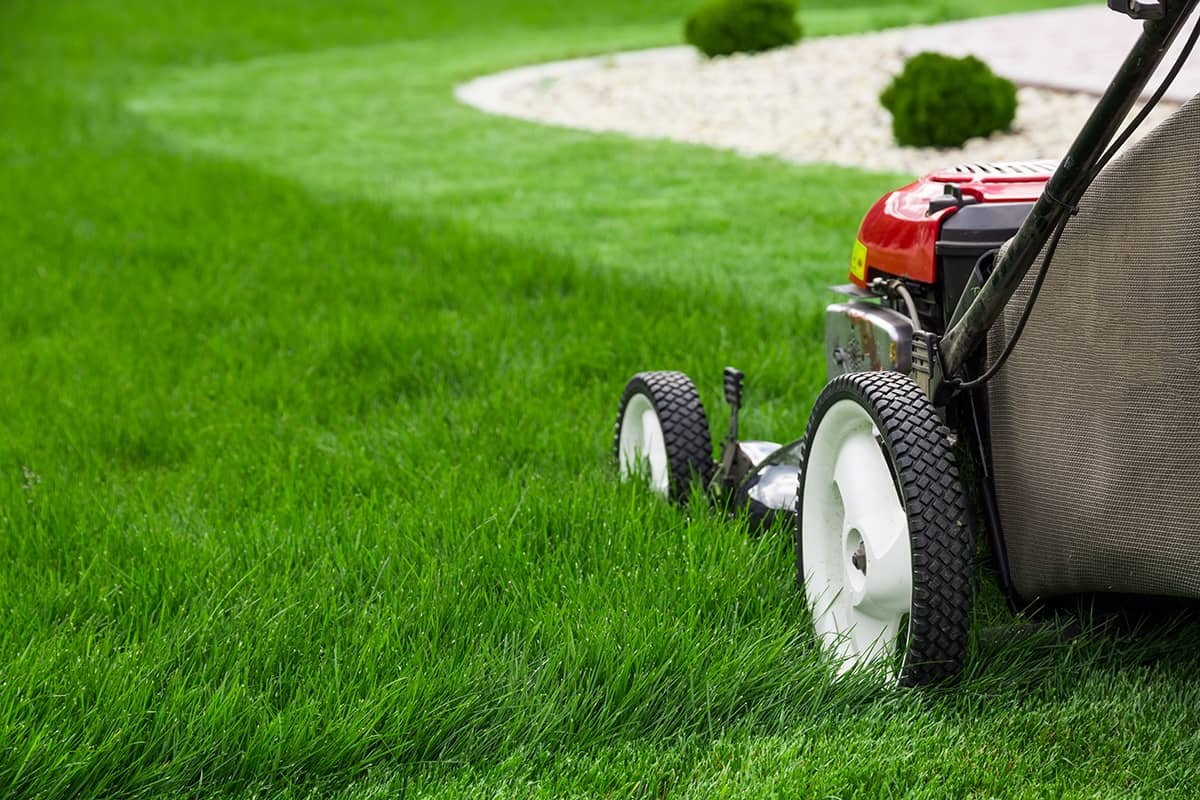
Maintain the thickness of Kentucky Bluegrass by mowing them to about 2 to 2 1/2 inches high during the normal growing season. This cool-season grass will enjoy a shorter height along with the moist soil during this time
When the warmer and drier months roll in, mow your lawn to 3 to 4 inches high to preserve the moisture. The limited rainfall and the drought can make your Kentucky Bluegrass dormant during these months if there isn't enough water for it to grow.
Other maintenance
Aside from the regular maintenance like watering, fertilizer, and mowing, Kentucky Bluegrass also needs a few other maintenance procedures to keep them looking healthy. From time to time, Kentucky Bluegrass benefits from dethatching and soil aeration.
Final Thoughts
Creating a great lawn takes a lot of patience and care to make them look thick and beautiful. Adding Kentucky Bluegrass to your lawn will definitely make a difference in how it looks, especially with its excellent growing capabilities. It's also a great grass to mix with other types, so don't hesitate to give it a try.
Are you looking for more valuable information about grass growing? Look no further because we have some great articles for you:
How Often To Water Kentucky Bluegrass [And What Time Of Day]







![man replanting herb with yellow flowers for use in landscaping. 15 Perennials That Absorb Water [Incredible Choices For Foundation Landscaping]](https://landscapingbase.com/wp-content/uploads/2022/09/man-replanting-herb-with-yellow-flowers.-15-Perennials-That-Absorb-Water-600x400.png)
![Big custom made luxury house with nicely trimmed and landscaped front yard, South Facing Front Yard Landscaping Ideas [17 Ideas To Increase Your Curb Appeal]](https://landscapingbase.com/wp-content/uploads/2022/09/BIGCUS1-600x400.jpg)
